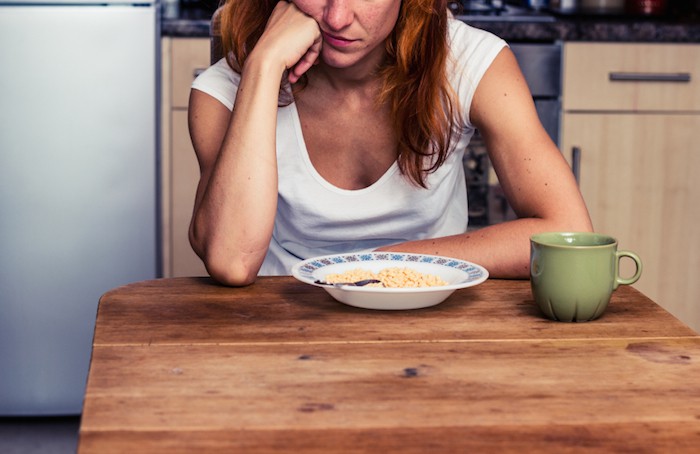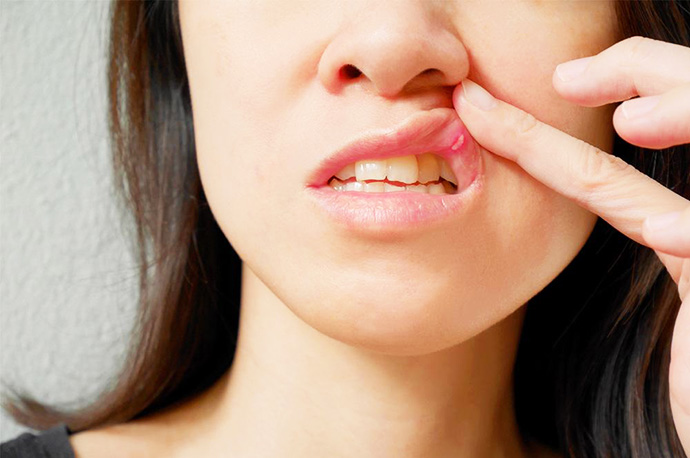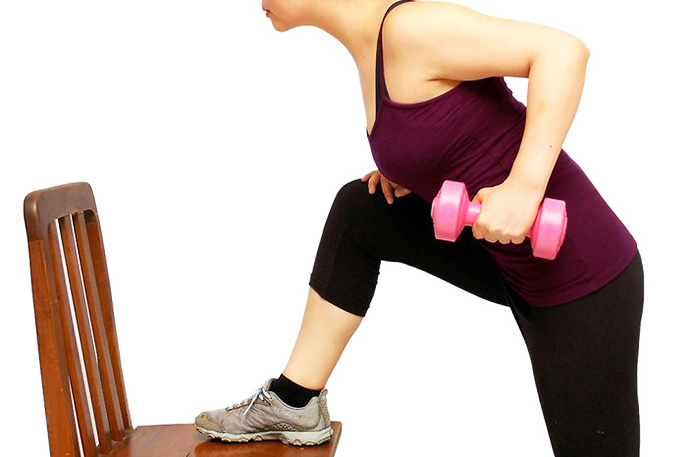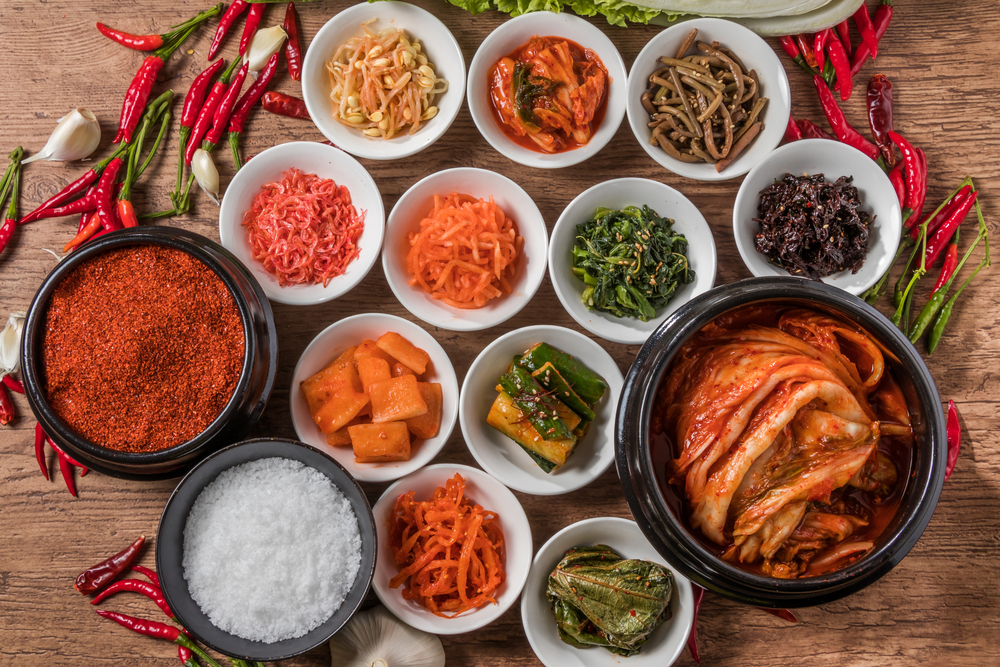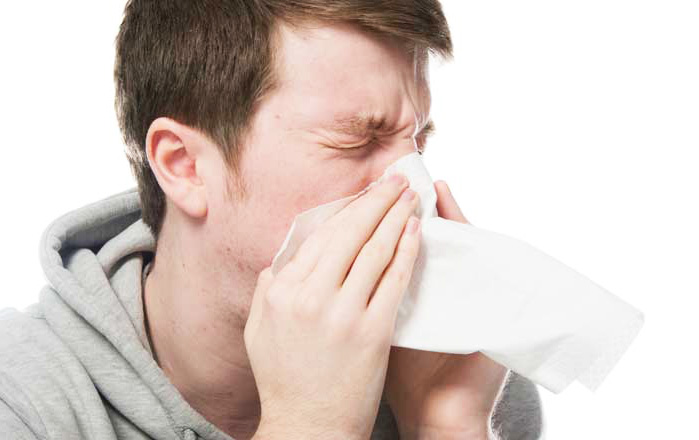You’ve probably noticed how Koreans managed to keep their weight down and their skin beautiful and naturally glowing. Most of us assume that they are using creams, lotions, and what not to give their skin that luminescent glow, but you might be surprised that it’s because of their diet that their skin looks healthy and beautiful too.
It’s true that Koreans are also stickler when it comes to their skincare routine, but what they eat also plays a role. If you take a closer look at a Korean diet, you will find that they are geared towards eating more vegetables and rice rather than bread and several side dishes that are mostly made of more vegetables. Here’s an example of foods that you can eat if you decide to follow a Korean diet.
Tofu steak
If you think that this entails throwing a slab of tofu on your grill, think again. This is basically how Koreans and Japanese make their hamburger where, instead of beef, they use tofu instead. And it’s not just simply grilling tofu, it also adding some shiitake mushrooms into the mix to give you that meatiness to it. You can also use a steak seasoning to make it more flavorful.
Rice
Like it was mentioned before, rice is a staple in Korean diet, but the difference here is that they serve rice in a small bowl. This gives them the carbs that they need, while loading up on the more important foods that are nutrient dense. If you are fond of bread, try switching to white or brown rice for your Korean diet and portion it per meal. This way, you will be able to keep your blood sugar levels stable.
Boribap
Also referred to as barley bibimbap, Boribap is basically rice mixed with barley. The added vegetables in the diet give it that rustic taste to it especially when you add wild sesame as well as sesame oil into your boribap. Although some will place the ingredients on different plates, you can actually mix them all together if that is what you prefer. In bibimbap, egg is added into the mix, but here, only gochujang and sesame oil are used for flavoring. You’ll find it quite different from the usual bibimbap, but it is quite tasty and nutritious too. The heat coming from gochujang, the fiber from the rice and barley, and the vitamins and minerals from the vegetables all make this a great addition to your Korean diet.
Kimchi
This is yet another staple of Korean diet that you should definitely use. Fermented foods are packed with probiotics that aid in digestion which help your body break down the food that you are eating so that the nutrients will be properly distributed throughout your body. You can prepare some kimchi on your own if you like or buy those that are pre-made in your local grocery. This will definitely make a good side dish for your meals.
Vegetables
Korean diet is centered around eating plenty of vegetables during mealtimes. And since there are tons of options to choose from, you can play with the ingredient every meal. Don’t be afraid to try something new, like those that are in season, because you’ll be able to mix and match your food this way. And since vegetables pack plenty of vitamins and minerals, you will be able to maintain a healthy lifestyle too.
There are other types of food that are added in a Korean diet, but these ones are good for starters. A little experimenting here and there can also help if this is your first time to try their healthy diet.
